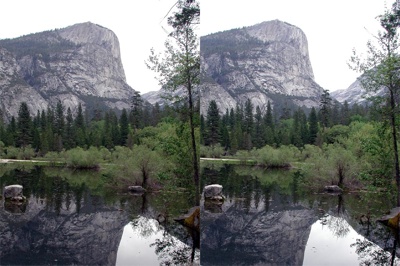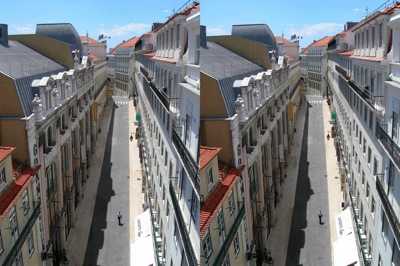 Our World
Our World  Our World
Our World  Pop Culture
Pop Culture 10 Incredible Female Comic Book Artists
 Crime
Crime 10 Terrifying Serial Killers from Centuries Ago
 Technology
Technology 10 Hilariously Over-Engineered Solutions to Simple Problems
 Miscellaneous
Miscellaneous 10 Ironic News Stories Straight out of an Alanis Morissette Song
 Politics
Politics 10 Lesser-Known Far-Right Groups of the 21st Century
 History
History Ten Revealing Facts about Daily Domestic Life in the Old West
 Weird Stuff
Weird Stuff 10 Everyday Products Surprisingly Made by Inmates
 Movies and TV
Movies and TV 10 Actors Dragged out of Retirement for One Key Role
 Creepy
Creepy 10 Lesser-Known Shapeshifter Legends from Around the World
 Our World
Our World 10 Science Facts That Will Change How You Look at the World
 Pop Culture
Pop Culture 10 Incredible Female Comic Book Artists
 Crime
Crime 10 Terrifying Serial Killers from Centuries Ago
Who's Behind Listverse?

Jamie Frater
Head Editor
Jamie founded Listverse due to an insatiable desire to share fascinating, obscure, and bizarre facts. He has been a guest speaker on numerous national radio and television stations and is a five time published author.
More About Us Technology
Technology 10 Hilariously Over-Engineered Solutions to Simple Problems
 Miscellaneous
Miscellaneous 10 Ironic News Stories Straight out of an Alanis Morissette Song
 Politics
Politics 10 Lesser-Known Far-Right Groups of the 21st Century
 History
History Ten Revealing Facts about Daily Domestic Life in the Old West
 Weird Stuff
Weird Stuff 10 Everyday Products Surprisingly Made by Inmates
 Movies and TV
Movies and TV 10 Actors Dragged out of Retirement for One Key Role
 Creepy
Creepy 10 Lesser-Known Shapeshifter Legends from Around the World
Top 10 Amazing Stereo Images
When you view 3d images in a viewer or with 3D glasses the optics of the viewer (or glasses) allow the left eye to see only the image intended for the left eye and the right only the image intended for it. With freeviewing both left and right images are always visible so you need to learn to point each eye at the correct image.
There are two methods of viewing for these images – the first is called Parallel viewing:
In parallel viewing the image for the left eye is on the left and the image for the right eye is on the right. You stare into the screen so that your eyes are aimed (more or less) parallel. As you stare into the screen you will get double vision as each eye sees the L & R images separately. When you are staring in at the right distance the middle two images will overlap and become 3d. The outer two images will remain and will still be 2d.
The second method is cross-viewing:
In cross eye viewing the image for the left eye is on the right and the image for the right eye is on the left. You stare at a point about 1/2 way to the screen so that your eye’s gaze is crossing at the half way point. Thus the left eye sees the correct image which is on the right. As you cross your eyes the image will go double. When your eyes are crossed the correct amount the middle images will overlap and be in 3d. The two outer images will remain and will be in 2d. [Source – go here for additional help viewing these images.]
On to the images! Click each image for a full size view and be sure to tell us what you think in the comments. Finally, many thanks to Denashi who suggested this list in the forums.
10. Fluorite
9. Mountains
8. English Cathedral
7. Lake Palanskoye
6. Countryside
5. Mount St Helens
4. Clouds
3. Lisbon, Portugal
2. Aerial View
1. Boston, USA
All images are copyright (c) their respective owners


















